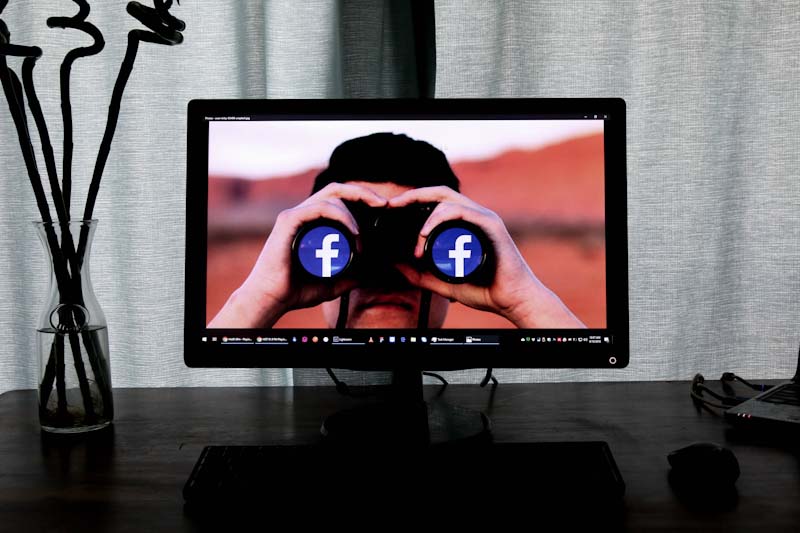
Image source: Glen Carrie via Unsplash
A new study examined 777 million Facebook posts to find what produced the most engagement last year. Marketers, who have seen Facebook reach plummet over the recent months and years, may be very interested in the findings from Buzzsumo. Marketers have eagerly sought alternative strategies to maintain contact with customers and fans following Facebook’s newsfeed algorithm adjustments that prioritized posts from users’ friends over brands and publishers.
Engagement is instrumental in getting in front of customers. The network’s algorithm places the posts in users’ feeds if people like, share and comment about posts.
So how do you win increased engagement? The Buzzsumo study suggests a number of approaches to increase engagement and reach – which can ultimately help meet other marketing or PR goals.
Post videos. Posts with videos receive at least 59% more engagement than other types of posts. Although many marketers love images, video outperformed photos by 73%. When video is viewed for any significant duration of time, Facebook deems it as meaningful engagement.
“If you want to win at Facebook, video is where you need to be looking,” says Andrew Hutchinson at Social Media Today. “There are more and more options on this front, more ways than ever to create video content.” For example, Facebook has introduced tools for transforming text and images to video in what it calls its Video Creation Kit.
Post at night. Posts published between 9 pm and 11 pm EST perform the best. Try saving some of your best content for those hours and see how they perform against other hours of the day.
Post on weekends. Sunday is the best day for engagement. Many businesses take the weekends off and post Monday through Friday. Instead, schedule posts on weekends to test performance.
Test your results. While analyzing general trends can provide benefits, it’s no substitute for testing and measuring your own results. Use these finding as a starting point, but remember that best times can vary for different audiences. “Over the years, we’ve learned that the best way to reach our audiences on Facebook is to study the data, experiment constantly, be open to learning, and take a growth mindset,” says Brian Peters at Buffer.
Keep it short. Long content may work well for SEO but not for Facebook. Posts under 50 characters perform best on the network. Videos can be up to four hours long, but videos between 3 and 5 minutes perform best. Analysis of 20 second intervals shows that engagement spikes in the 180-200 second range (3-3:20 minutes). If your video is longer than three minutes, make sure that you include CTA’s and brand identification early, before the four-minute mark.
Post quality content. A constant stream of purely promotional messages will fall flat. Simultaneously educate and entertain, or “edutain” audiences. Teach them something useful in an entertaining way. Include posts of many different types, with various purposes.
Keep overall marketing goals in mind. Don’t seek more Facebook followers for its own sake. Instead, encourage your audience to subscribe to your email list, visit your site, or try your product, for instance.
More Facebook Marketing Tips
Here are more tips to increase Facebook engagement.
Pursue quality over quantity. Posts that garner little or no engagement will hurt your reach. Instead of multiple posts daily, post just once a day or several high-quality posts over the week. Pages that post one to four times a week achieve higher engagement rates, according to a Loco wise study.
Facebook Groups. Facebook Groups for Pages, introduced last summer, offer another venue for reaching customers. Consider different groups for different audience segments. It’s critical to develop a community strategy and not treat the pages as just another place to broadcast your content. Some organizations find closed or secret groups add extra allure.
User-generated content. User-generated content can help circumvent Facebook algorithms that restrict the reach of brands’ posts. In addition, consumers tend to trust recommendations of other consumers, especially acquaintances and influencers, more than brands. Offering rewards can encourage people to submit photos, videos or testimonials that present your product in a positive way. A social media listening tool can find positive mentions of your company and products that you can recycle on Facebook.
Facebook Live. Facebook’s live streaming feature has become popular, and the network continues to push live videos in its news feed, says social media specialist Prateek Keshari. Remember to follow best practices. Tell people ahead of time when you’re going to broadcast, go live when you have a strong connection, and write a compelling description before going live.
Advertise. Augment organic efforts with advertising. Some marketing experts view Facebook as a paid channel because its algorithm has limited the reach of brands. “It’s likely only a matter of time before organic reach hits zero, so you might as well hone your paid strategy now,” says Sophia Bernazzani at HubSpot. But go beyond the basics and take advantage of the full range of advertising tools such as conversion tracking, custom audiences, and lookalike audiences, she advises.
Bottom Line: Facebook remains the largest social media network and the most important for many marketers, especially those at B2C firms. Although the network has decreased exposure for brands, marketers who follow best practices and test results can enjoy improved performance.
William J. Comcowich founded and served as CEO of CyberAlert LLC, the predecessor of Glean.info. He is currently serving as Interim CEO and member of the Board of Directors. Glean.info provides customized media monitoring, media measurement and analytics solutions across all types of traditional and social media.




